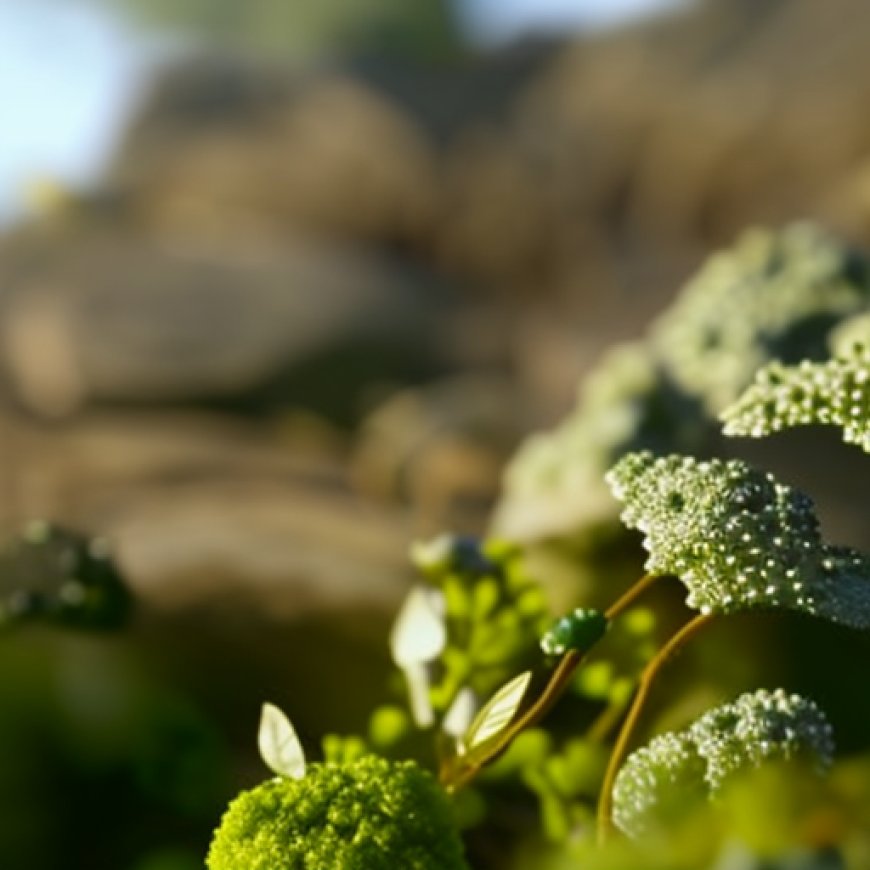Culture-Nature: Joint Programme of Work on links between biological and cultural diversity
Culture-Nature: Joint Programme of Work on links between biological and cultural diversity UNESCO


This side event aims to:
- Highlight innovative strategies and successful practices at the intersection of biological and cultural diversity.
- Advocate for a rights-based, inclusive, and transdisciplinary conservation approach to achieve the objectives of the Kunming-Montreal Global Biodiversity Framework.
- Facilitate the exchange of experiences and insights across various knowledge systems, focusing on Indigenous and local knowledge.
This side event aims to highlight innovative strategies and successful practices that address the intersection of biological and cultural diversity. It also advocates for a rights-based, inclusive, and transdisciplinary conservation approach to achieve the objectives of the Kunming-Montreal Global Biodiversity Framework. Furthermore, it seeks to facilitate the exchange of experiences and insights across various knowledge systems, with a particular focus on Indigenous and local knowledge.
This event underlines the essential role of Indigenous Peoples in biodiversity conservation and the implementation of the Kunming-Montreal Global Biodiversity Framework. It emphasizes the interconnections between cultural and biological diversity. The synthesis of panel discussions, insights, and recommendations generated from this event can inform the advocacy and policy-making processes of the United Nations Permanent Forum on Indigenous Issues (UNPFII). It reinforces the need for a rights-based, inclusive, and transdisciplinary approach in global conservation efforts. This aligns with the UNPFII’s mission to address issues related to Indigenous peoples’ economic and social development, culture, the environment, education, health, and human rights.
The 75-minute session will include a brief presentation by the panelists, composed of Indigenous Peoples and representatives of Member States, UN agencies, the Secretariat of the Convention on Biological Diversity (CBD), and the International Union for Conservation of Nature (IUCN). The session will also feature an interactive dialogue, a question and answer session with the audience, and a closing summary.
SDGs, Targets, and Indicators
1. Which SDGs are addressed or connected to the issues highlighted in the article?
- SDG 15: Life on Land
- SDG 16: Peace, Justice, and Strong Institutions
- SDG 17: Partnerships for the Goals
2. What specific targets under those SDGs can be identified based on the article’s content?
- SDG 15.5: Take urgent and significant action to reduce the degradation of natural habitats, halt the loss of biodiversity, and protect and prevent the extinction of threatened species.
- SDG 16.7: Ensure responsive, inclusive, participatory, and representative decision-making at all levels.
- SDG 17.17: Encourage and promote effective public, public-private, and civil society partnerships, building on the experience and resourcing strategies of partnerships.
3. Are there any indicators mentioned or implied in the article that can be used to measure progress towards the identified targets?
Yes, the article mentions indicators that can be used to measure progress towards the identified targets. These indicators include:
- Highlighting innovative strategies and successful practices at the intersection of biological and cultural diversity.
- Advocating for a rights-based, inclusive, and transdisciplinary conservation approach.
- Facilitating the exchange of experiences and insights across various knowledge systems, focusing on Indigenous and local knowledge.
SDGs, Targets, and Indicators
| SDGs | Targets | Indicators |
|---|---|---|
| SDG 15: Life on Land | Target 15.5: Take urgent and significant action to reduce the degradation of natural habitats, halt the loss of biodiversity, and protect and prevent the extinction of threatened species. | – Highlighting innovative strategies and successful practices at the intersection of biological and cultural diversity. – Advocating for a rights-based, inclusive, and transdisciplinary conservation approach. |
| SDG 16: Peace, Justice, and Strong Institutions | Target 16.7: Ensure responsive, inclusive, participatory, and representative decision-making at all levels. | – Facilitating the exchange of experiences and insights across various knowledge systems, focusing on Indigenous and local knowledge. |
| SDG 17: Partnerships for the Goals | Target 17.17: Encourage and promote effective public, public-private, and civil society partnerships, building on the experience and resourcing strategies of partnerships. | – Highlighting innovative strategies and successful practices at the intersection of biological and cultural diversity. – Advocating for a rights-based, inclusive, and transdisciplinary conservation approach. – Facilitating the exchange of experiences and insights across various knowledge systems, focusing on Indigenous and local knowledge. |
Behold! This splendid article springs forth from the wellspring of knowledge, shaped by a wondrous proprietary AI technology that delved into a vast ocean of data, illuminating the path towards the Sustainable Development Goals. Remember that all rights are reserved by SDG Investors LLC, empowering us to champion progress together.
Source: unesco.org

Join us, as fellow seekers of change, on a transformative journey at https://sdgtalks.ai/welcome, where you can become a member and actively contribute to shaping a brighter future.







